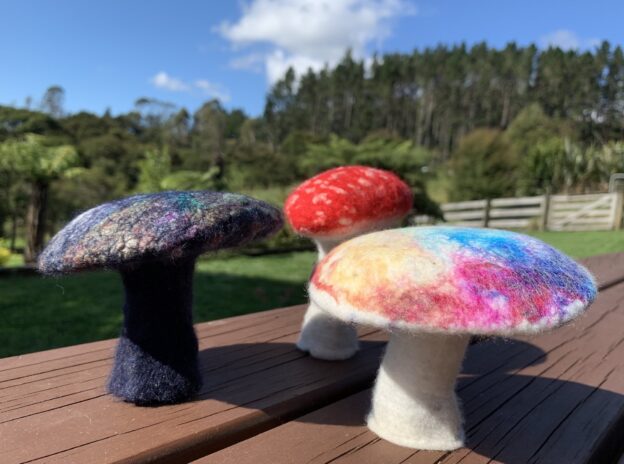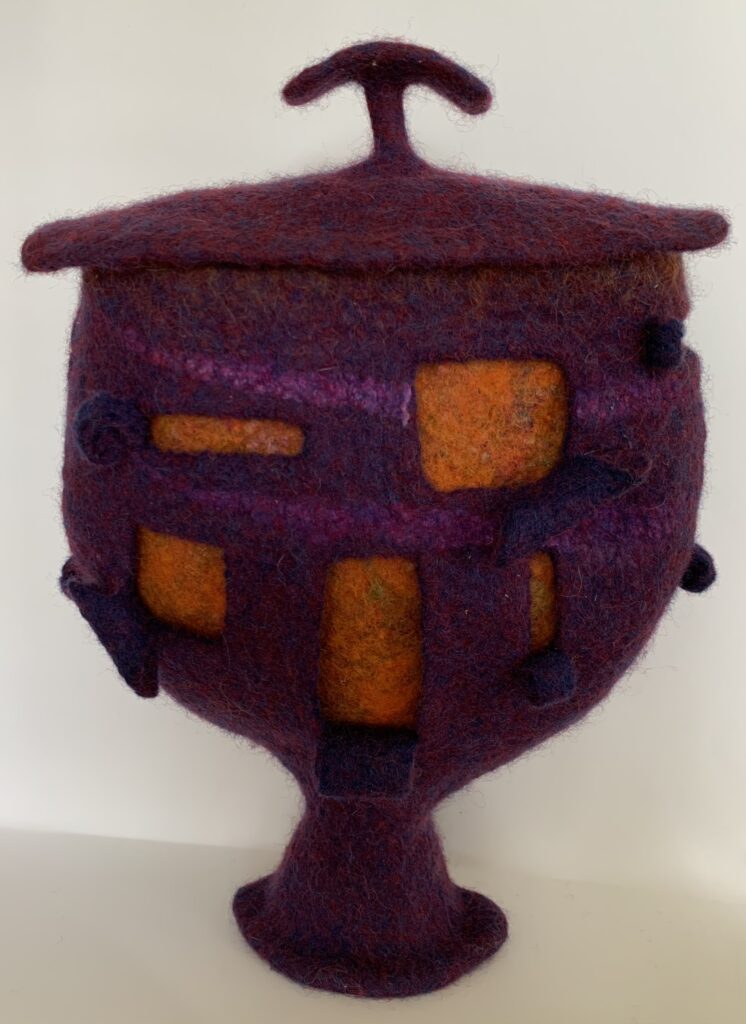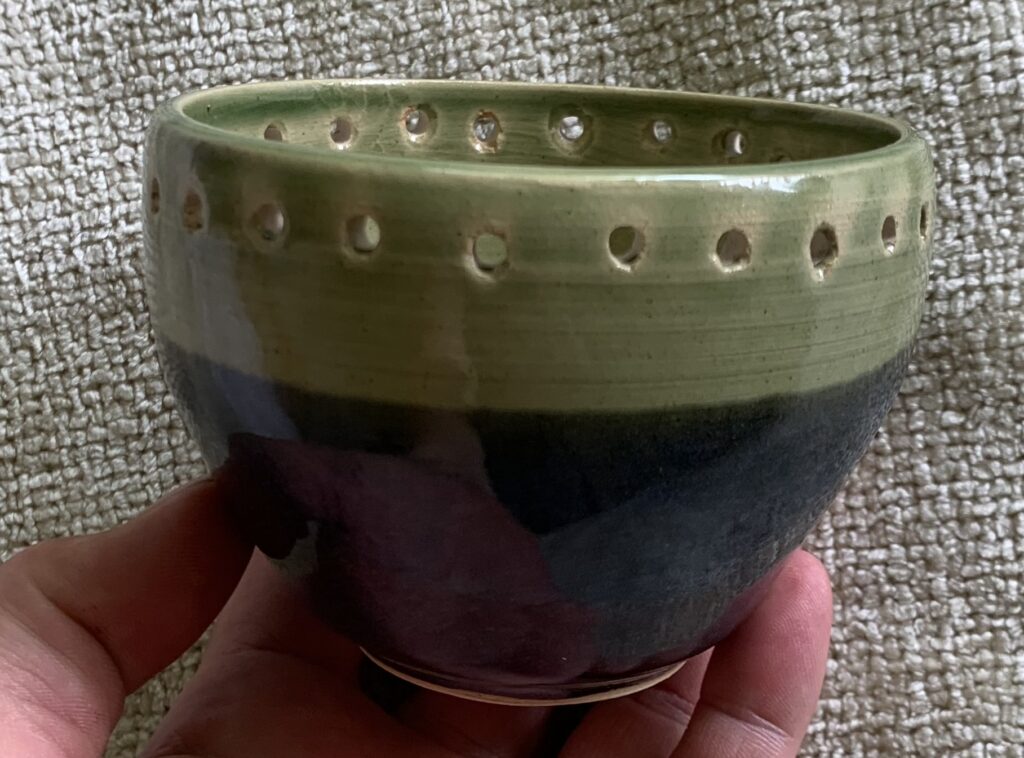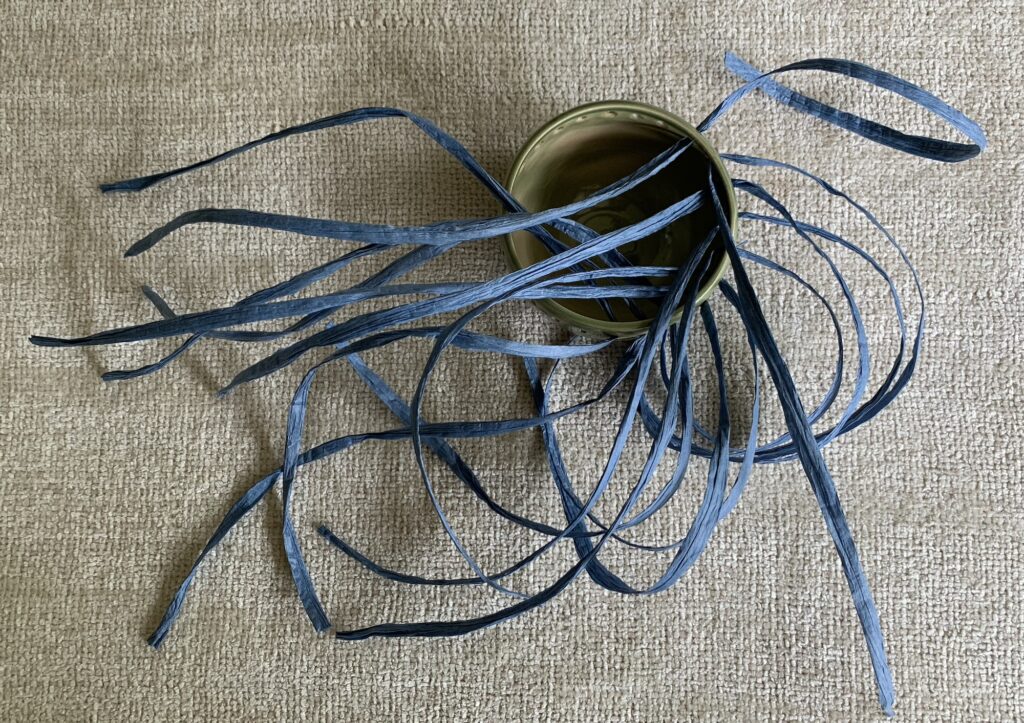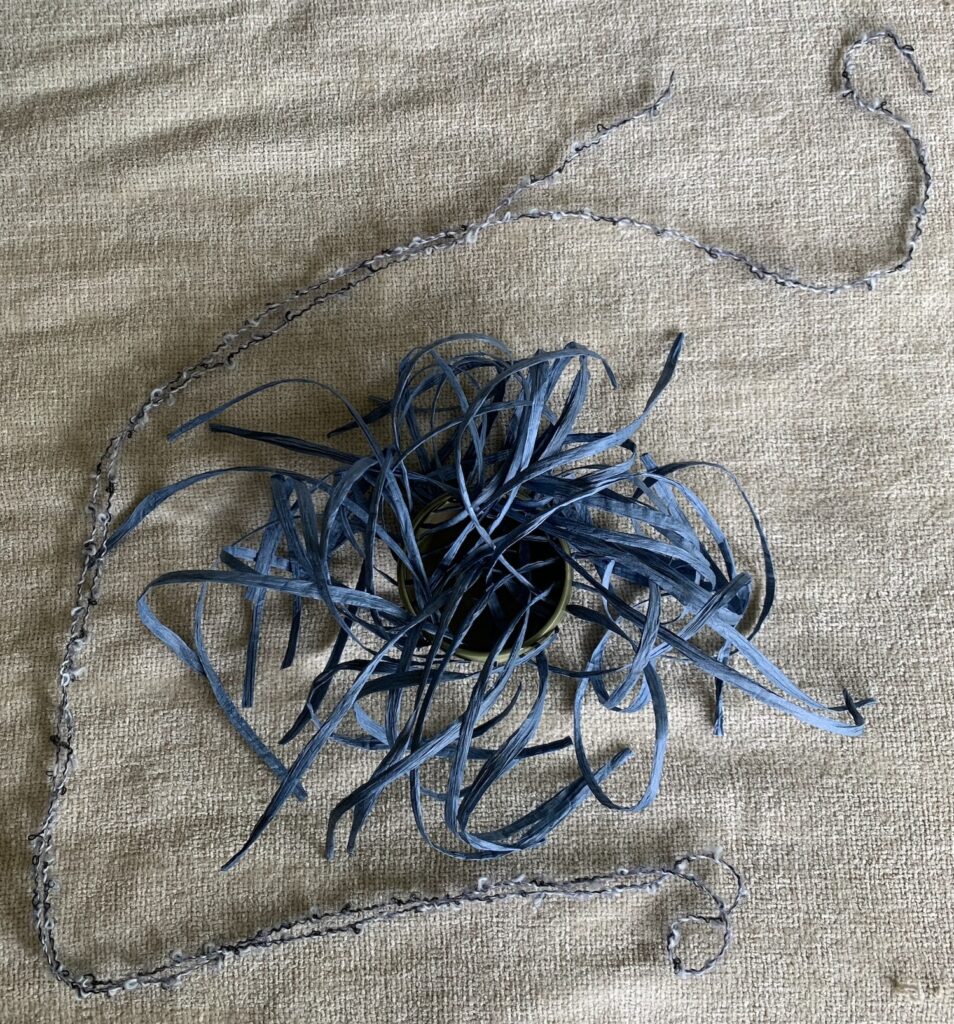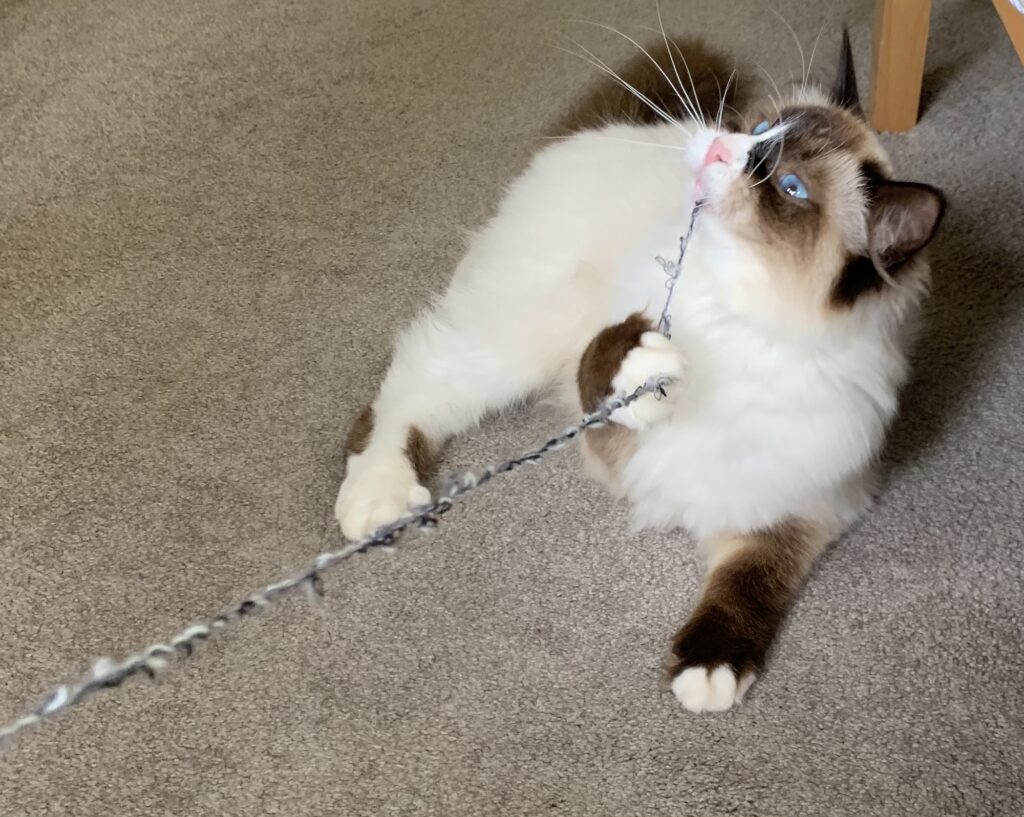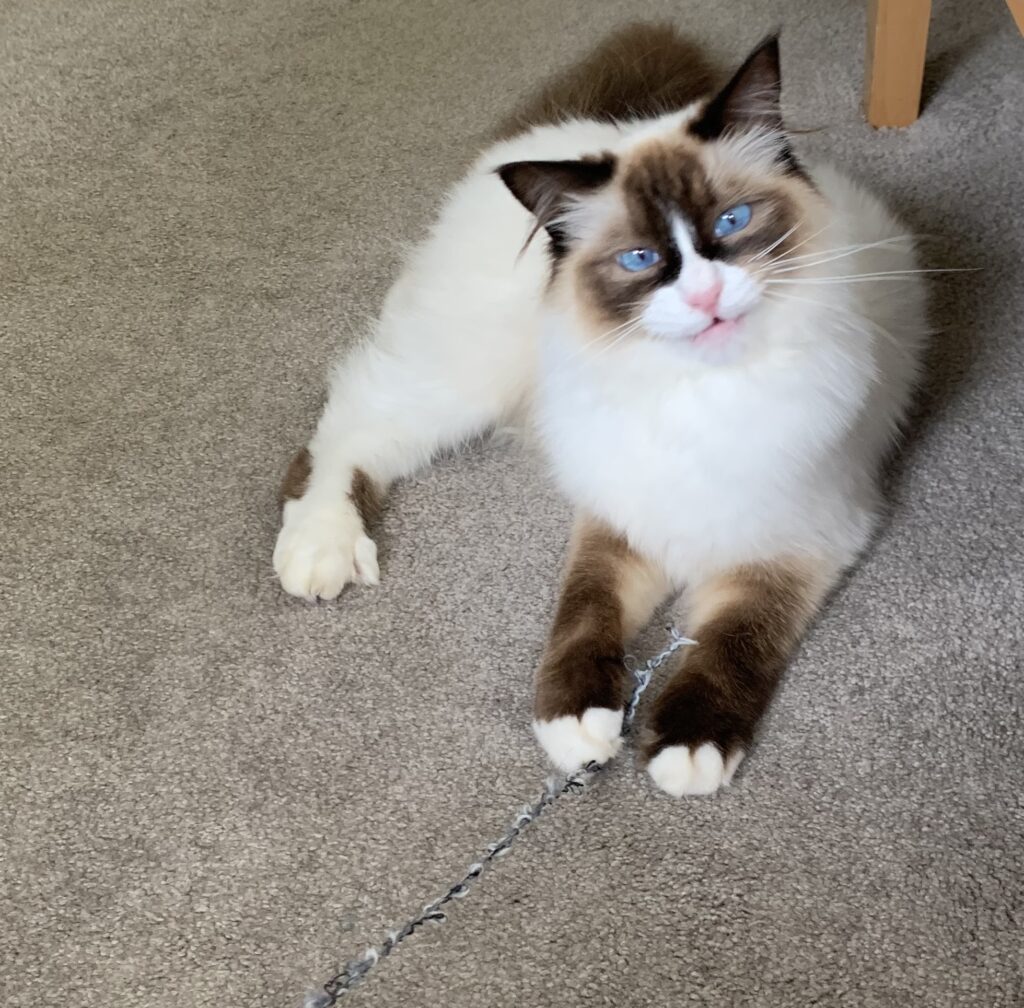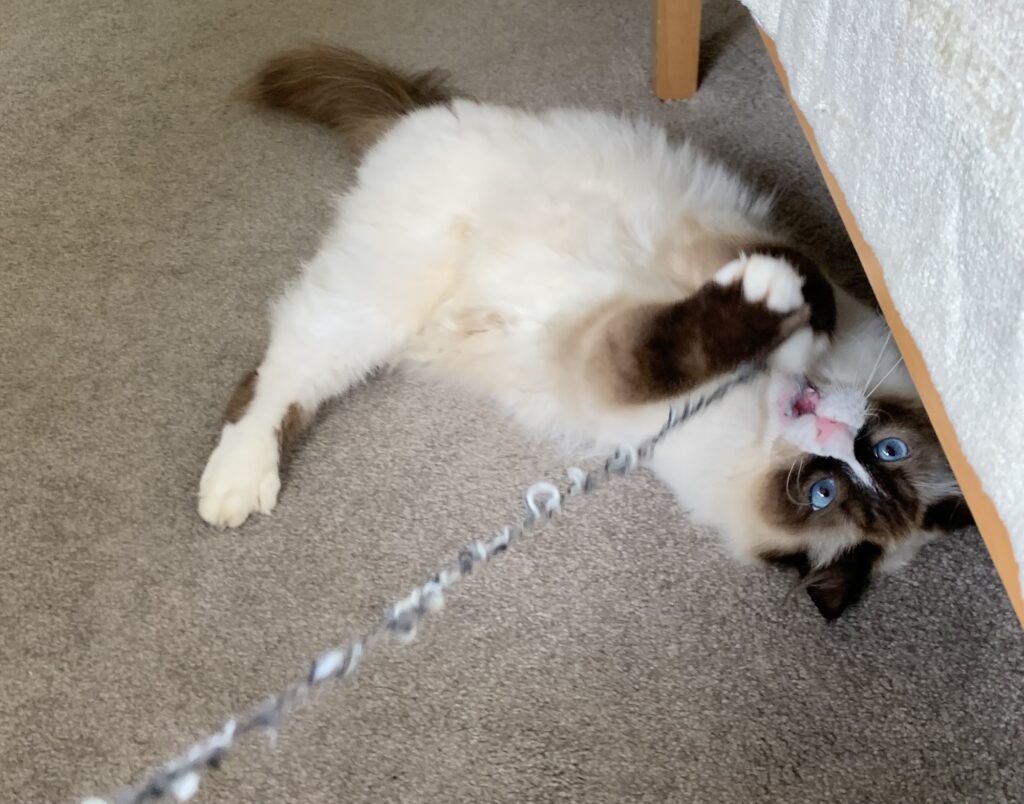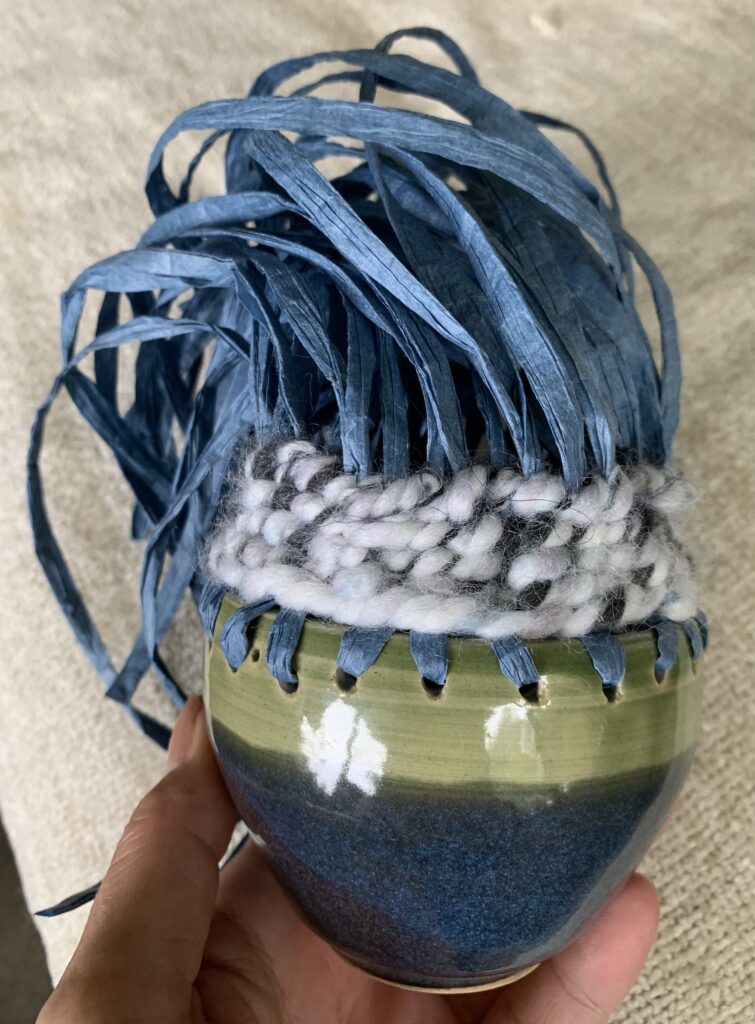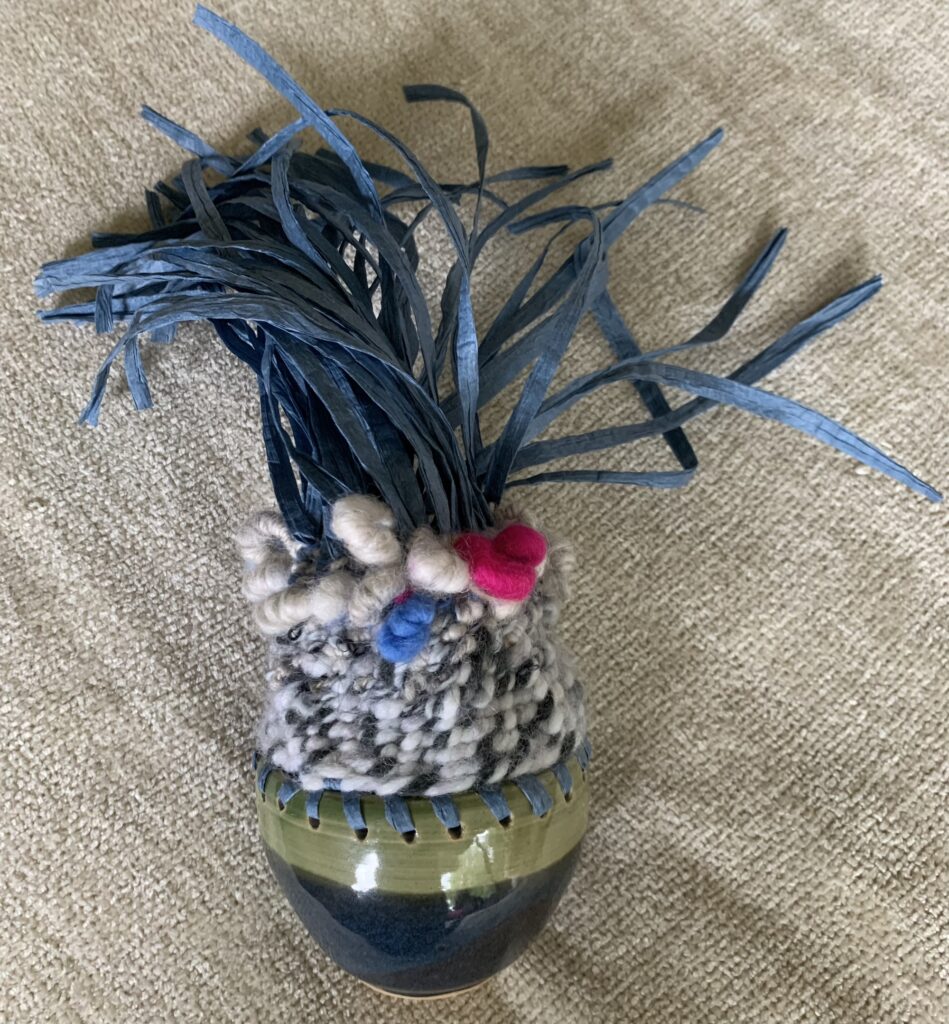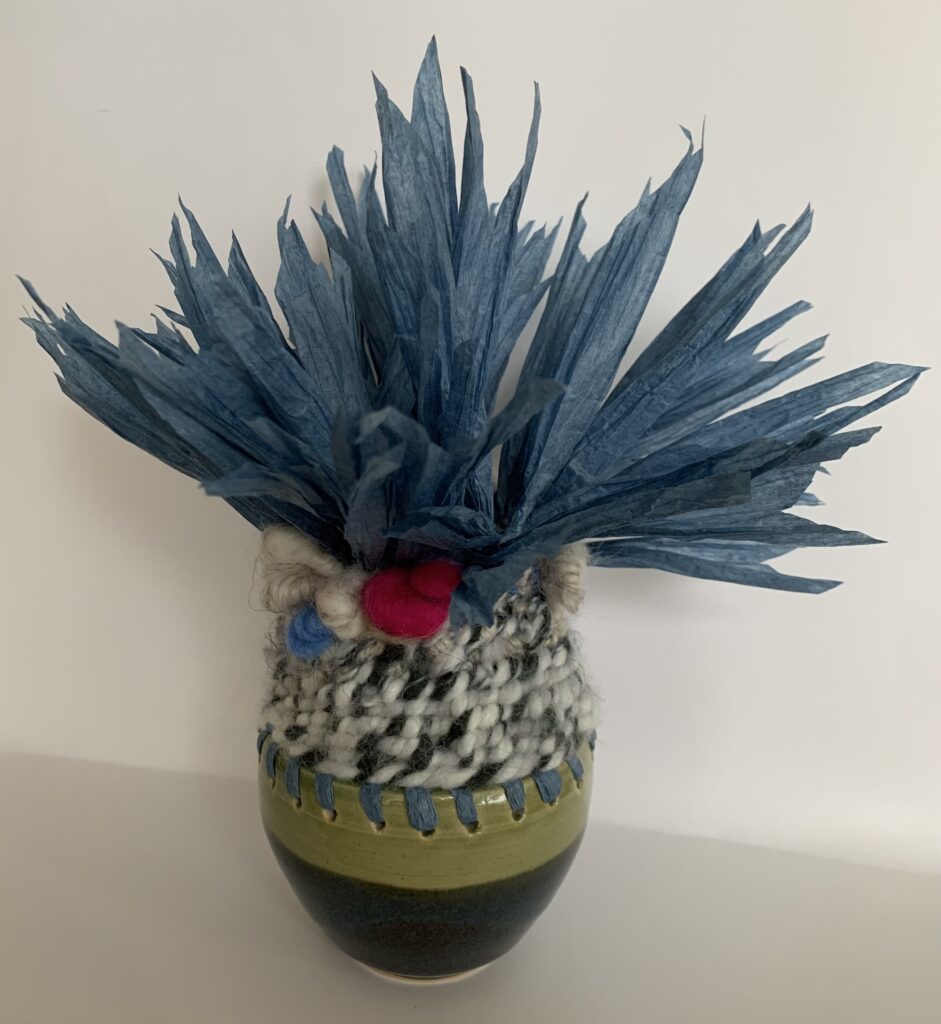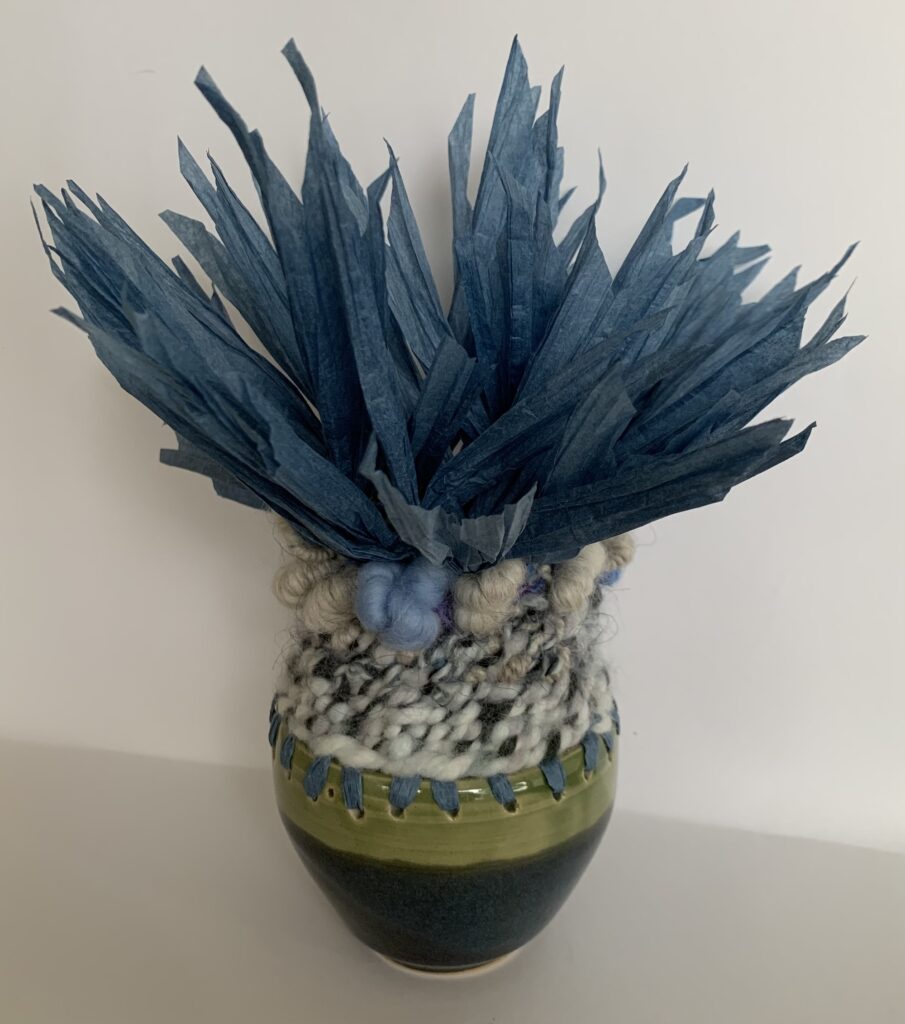An interesting post popped up in one of the textile FB pages I follow, it described an art-based game day in June where you hide and seek “‘shrooms”. It’s called “Game of Shrooms”, have you heard of it or taken part? Apparently this is the 5th year it has been running. I think I have heard of it before but not taken part.
If you want to join in, the date for your diary is 10th June 2023. This link will take you to the home page with more information on how to sign up and take part. There are also links to participating artists so you can join the hunt for your own piece of artwork to keep. The art you make can be in any medium but should feature or be inspired by mushrooms. Obviously, I had to make mine in felt and thought I would share my pattern and process in case you want to play along too 🙂
For my first attempt I thought I would make a traditional fairytale (Fly Agaric) mushroom. I cut a simple flat resist, laid out 4 layers of wool, red on the top of the dome, white everywhere else and sprinkled white nepps over the red wool.
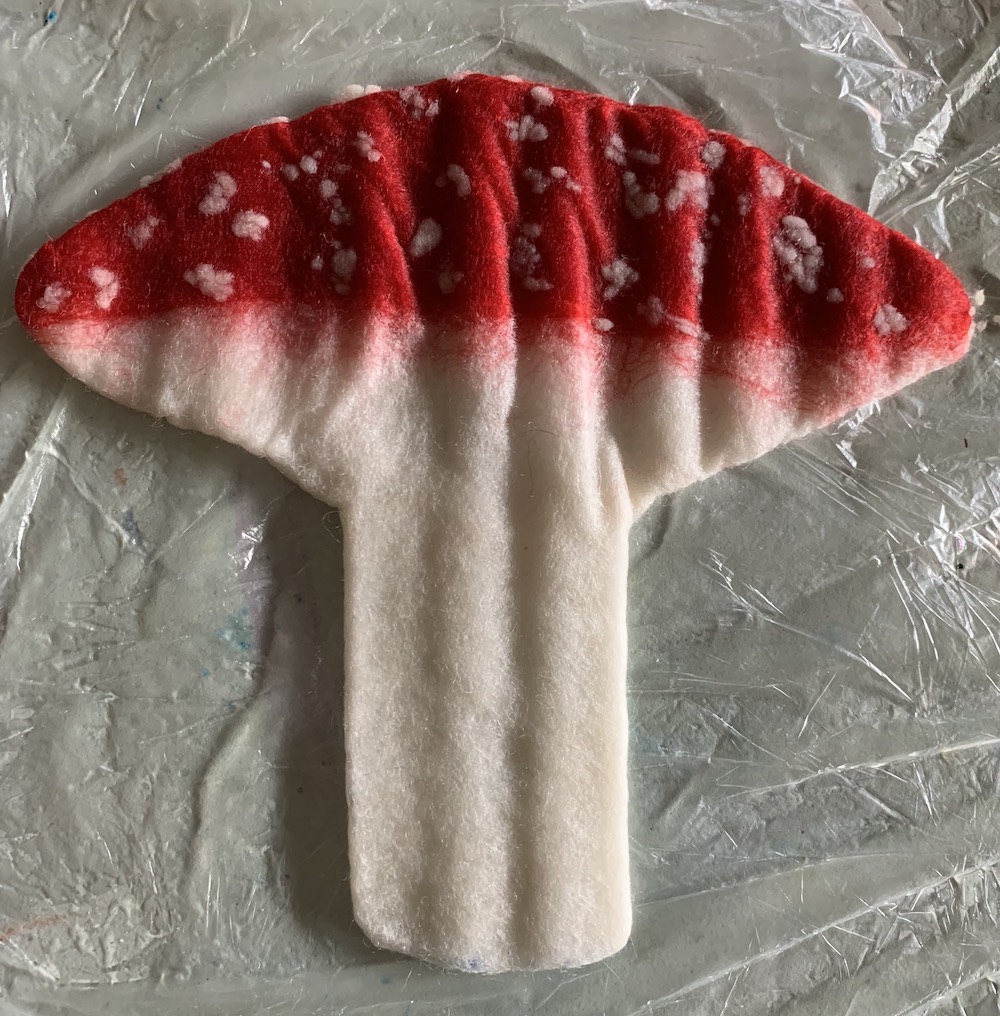
This resist worked but resulted in an oval-shaped cap, if you want to make a flat resist, I suggest trying a more rounded (circle) shape on top of the stalk.
For attempt #2 I used a flap on the resist. While a bit more fiddly to lay out the wool, the resulting mushroom shape was much closer to what I had in mind.
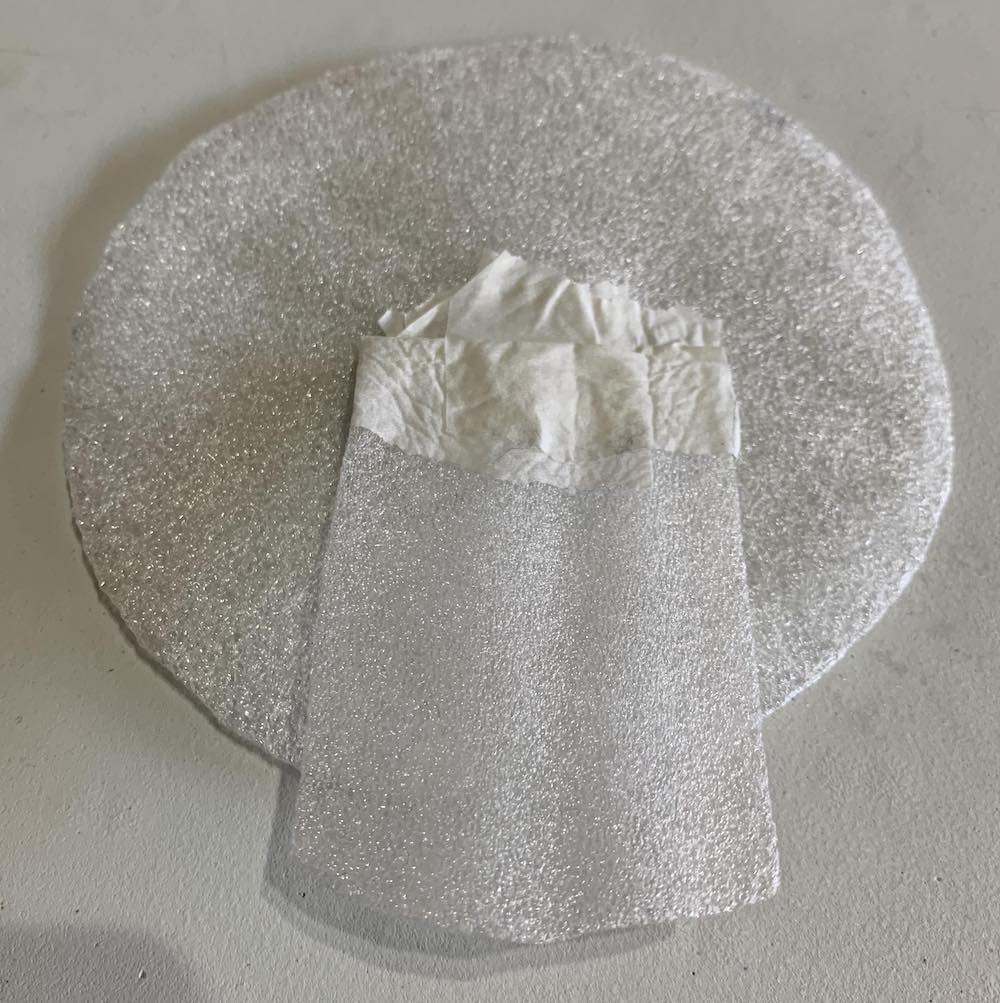
I had some beautiful space-dyed silk hankies, so used those over a simple dark blue wool layout:
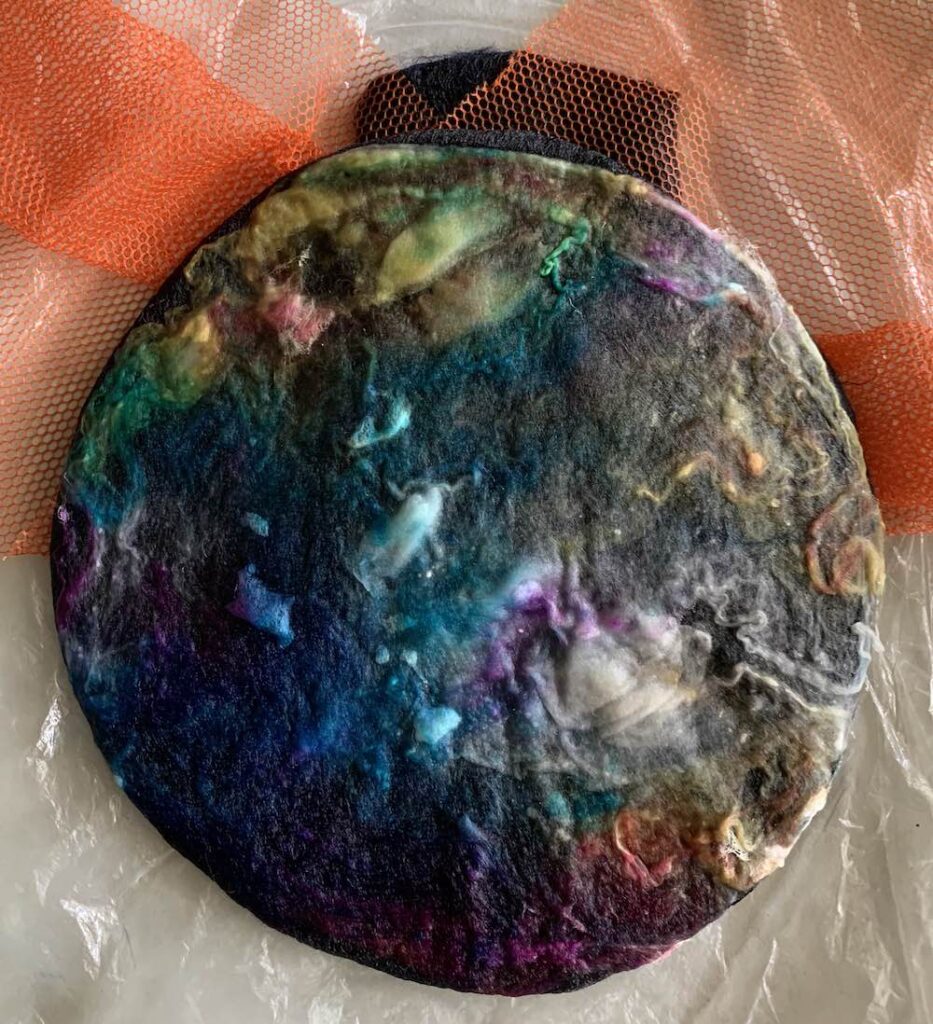
And created some gills on the underside with some hand-spun yarn (Tip: the higher the wool content of your yarn the better it will bind to the base wool, avoid using super-wash yarns and synthetic yarns to make your life easier).
Notice how I didn’t take the yarn all the way up to the base of the flap / stalk (only at the sides of the flap), this is because I will create a tube-shaped stalk, if you take the yarn up to where the flap joins the circular resist, the “gills” will extend down the stalk on the finished shroom.
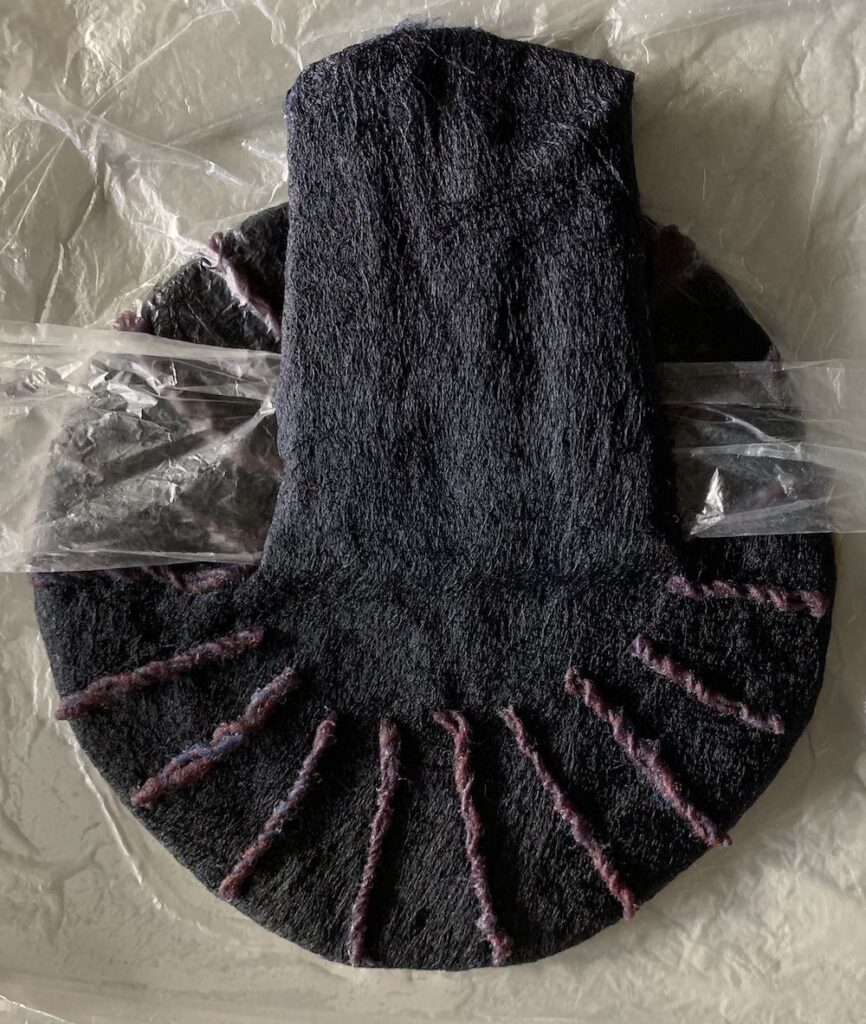
Once the yarn and silk were well attached I cut along the bottom of the stalk to remove the resist before spending a few minutes kneading and throwing the felt to start it fulling, I love the textures in the silk you get from throwing the felt:
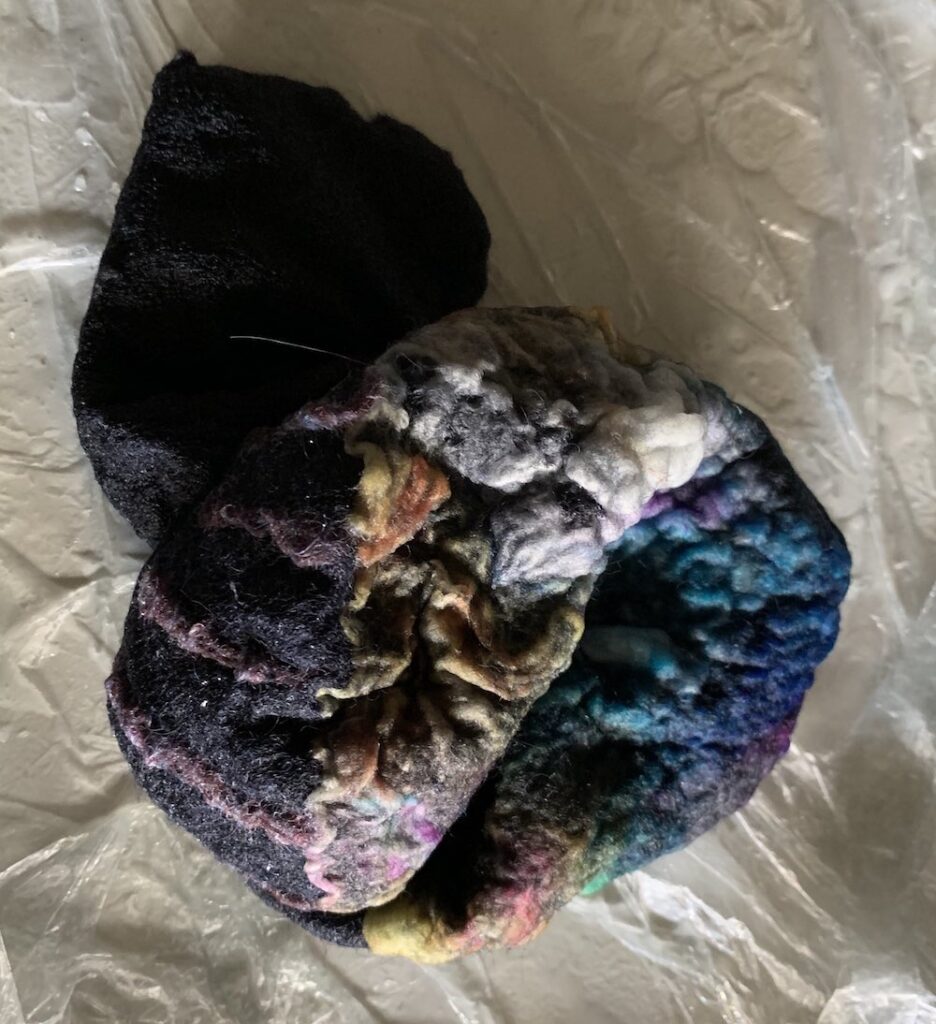
After a few minutes, throwing, rubbing and stretching I was happy with the shape and it was strong enough to hold it’s own weight without collapsing:
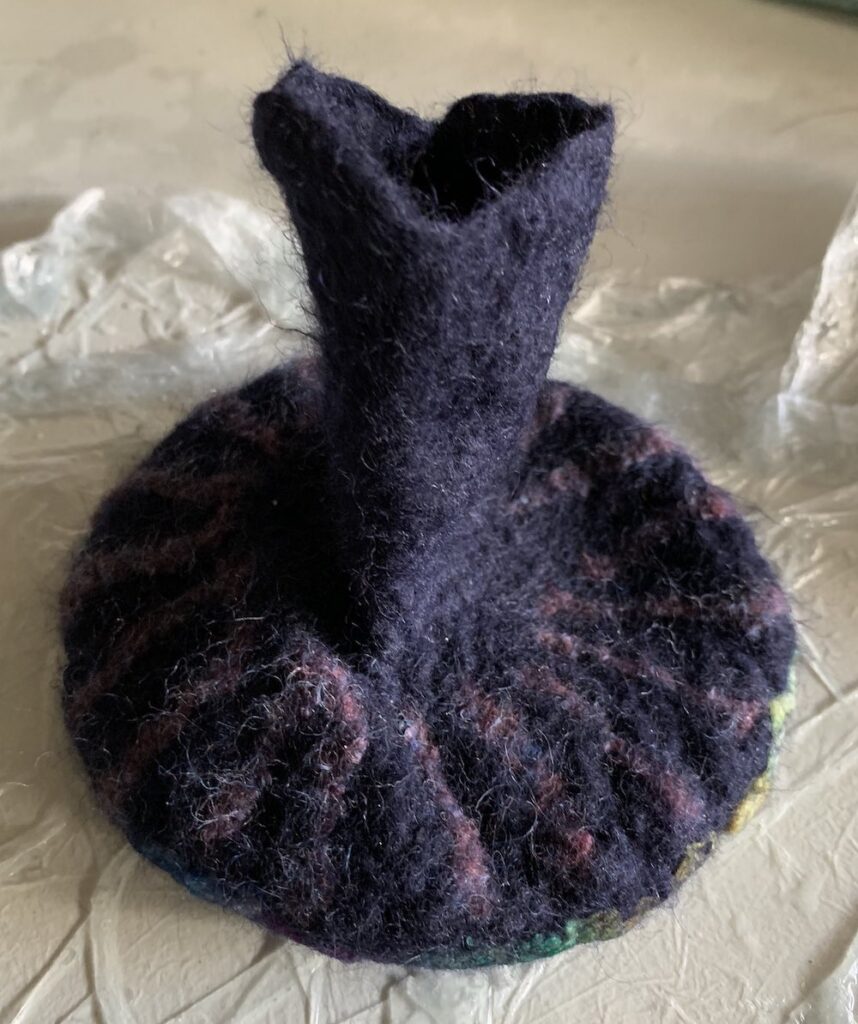
I loosely stuffed it with some white wool from a batt, using a chopstick to push it into the corners. You could also use polyester fibre-fill / toy stuffing for this. Tip: don’t over-stuff it – you still need to finish shaping it. I left the stalk unfilled so I could continue fulling it (the felt of the stalk needs to be very firm to support the weight of the cap).
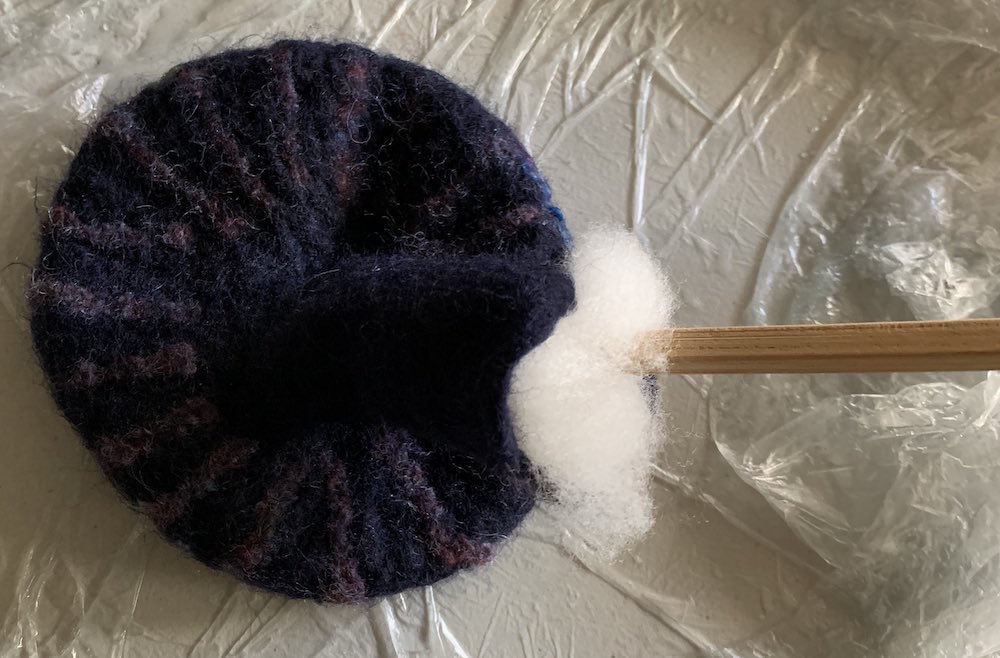
Fulling the stalk with a fulling tool – I support the felt with a finger inside the felt tube and rub with a textured tool:
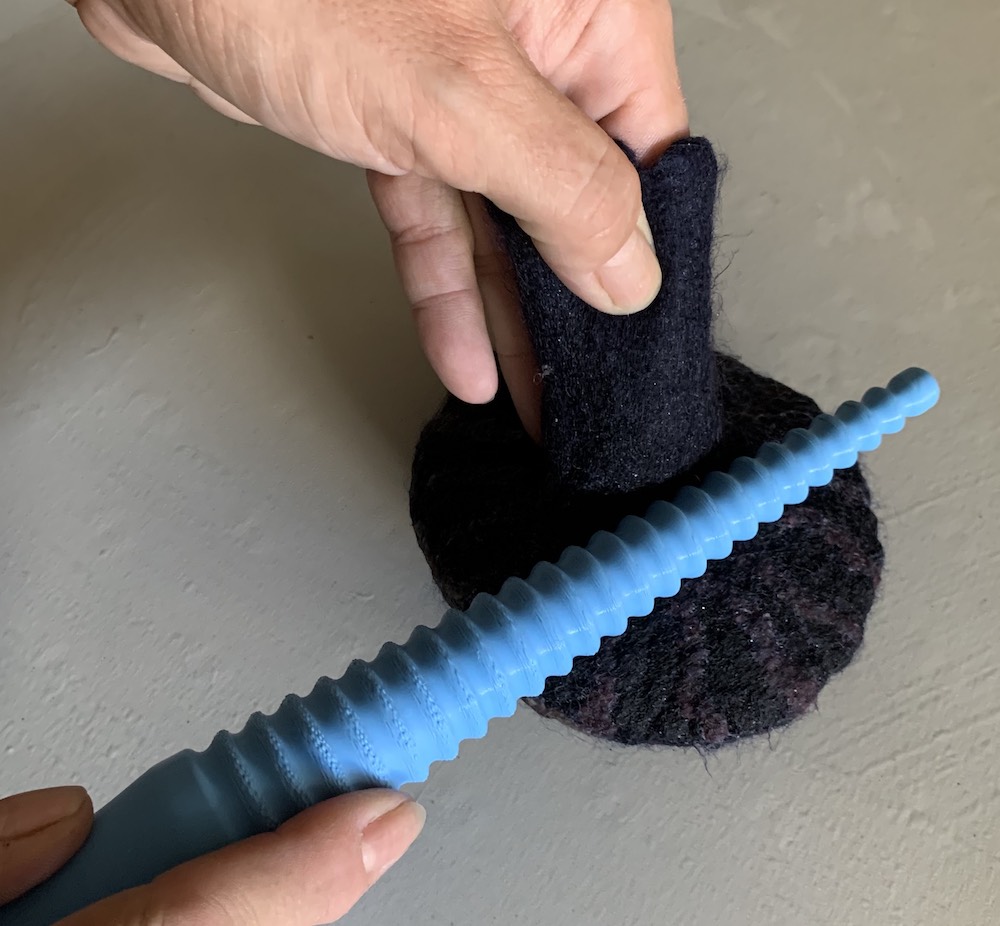
This tool is also great for fulling the inside of the stalk.
Once the stalk, and where it meets the cap, feel stiff you can rinse the soap out and stuff the stalk with wool batt / fibre-fill.
Using a suitably sized, flattish-bottomed rock found in the garden, I stretched the stalk over it, the weight of the rock will help to stop the mushroom from toppling over on its rather narrow base:
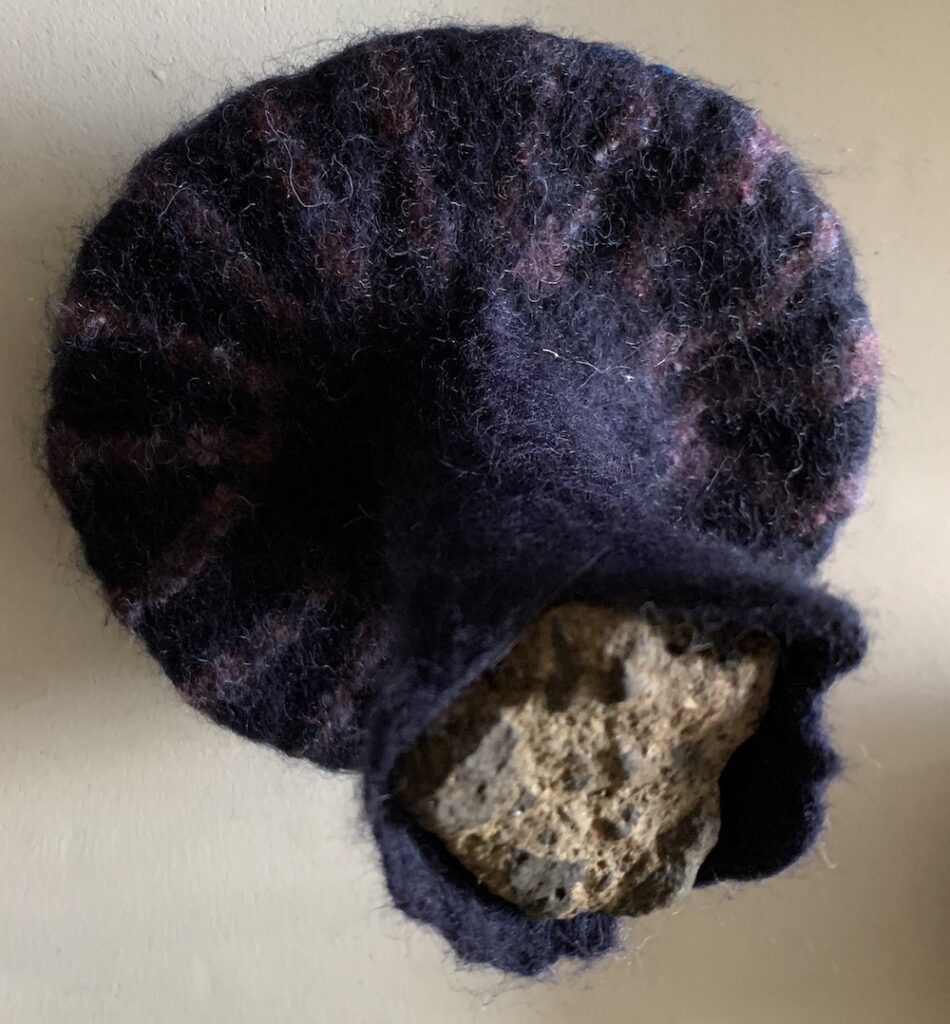
Once the felt dried, I removed the rock and glued it into place.
I also made a white shroom with the same space-dyed silk hankies:
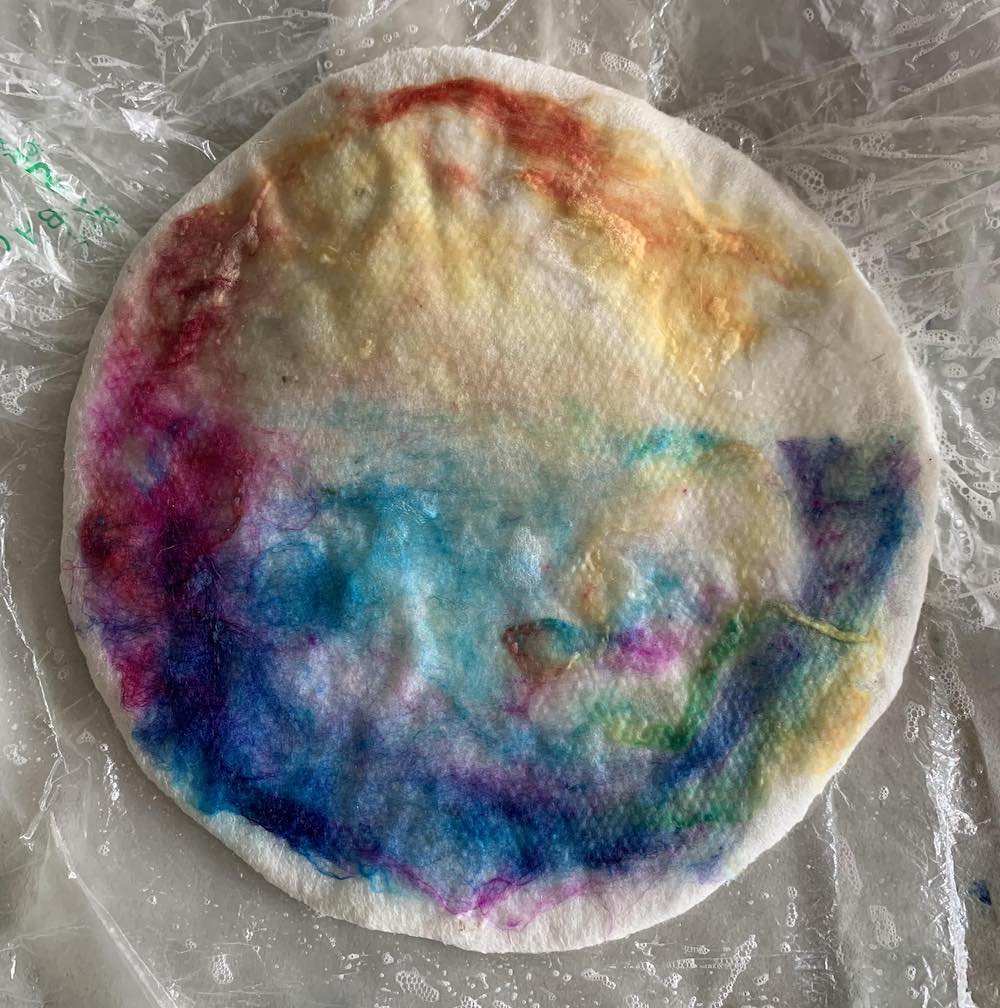
The finished troop of ‘shrooms enjoying some early autumn sunshine:
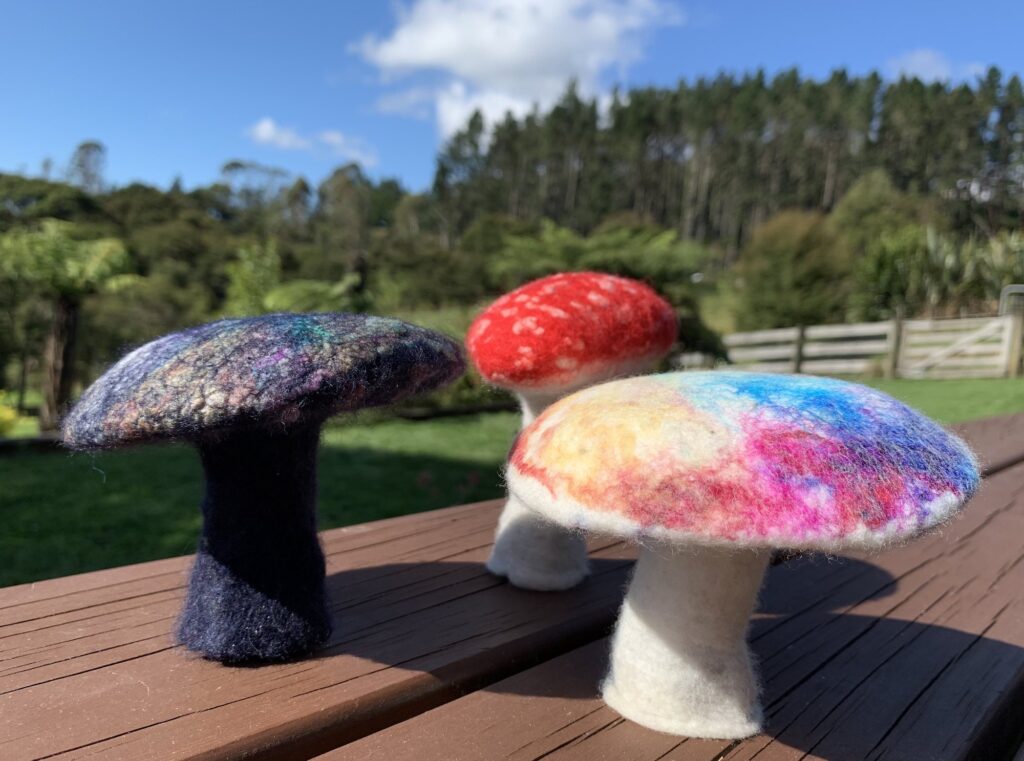
If you make some shrooms, or better still decide to take part in game of shrooms, please post a link to your finished shrooms / your clues to find them in the comments. Happy hunting!
Before I forget…. registration is now open for the Concertina Hat and Felted Bags online classes. Please click on the links for more information about each class and to sign up.

